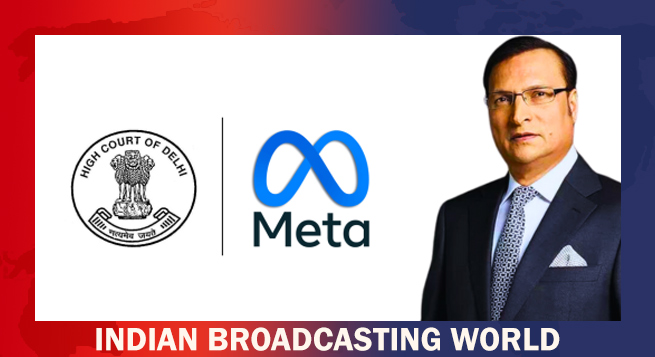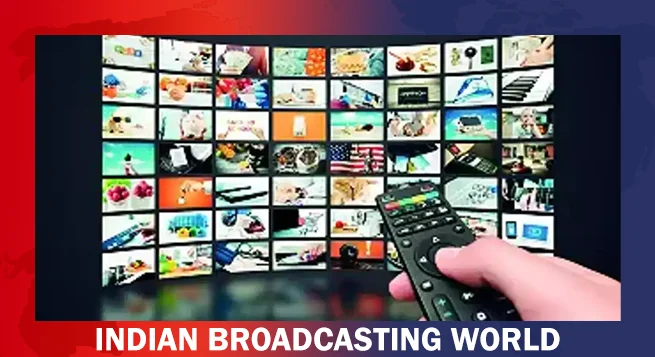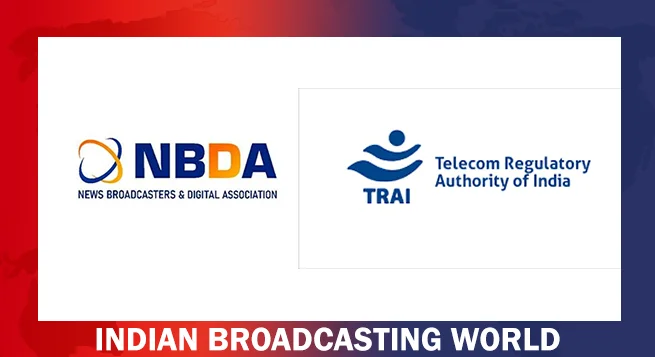At the recent iStream Congress ’24, Siddharth Roy Kapur, founder of Roy Kapur Films, emphasized the enduring relevance of linear television in India’s entertainment ecosystem.
Despite the surge in streaming platforms, Kapur highlighted that television remains dominant, constituting a staggering 96 percent of last year’s 200,000 hours of content production.
Kapur noted the coexistence of various media formats, challenging the notion of one medium supplanting another. He pointed out how even amidst the rise of OTT platforms, cinema continues to thrive, with record-breaking box office figures.
However, he acknowledged the challenges faced by smaller productions in attracting audiences to theaters, The Economic Times reported.
The pandemic-induced shift towards home entertainment has altered consumer behavior, making it harder for cinemas to draw crowds. As a result, major releases are monopolizing box office revenues, leaving smaller films to find their audience primarily through television or streaming platforms.
In 2023, theatrical revenue showed signs of recovery, but with the top 10 films commanding half of the box office earnings, word-of-mouth, and critical acclaim are becoming decisive factors for theater attendance.
Kapur emphasized the industry’s dilemma in catering to evolving audience preferences, emphasizing the need to produce content compelling enough to entice viewers back to cinemas.
As India’s entertainment landscape continues to evolve, stakeholders grapple with the delicate balance between traditional television, cinema, and the burgeoning streaming market
 Delhi HC orders meta to remove deepfake videos of Rajat Sharma
Delhi HC orders meta to remove deepfake videos of Rajat Sharma  Govt. blocked 18 OTT platforms for obscene content in 2024
Govt. blocked 18 OTT platforms for obscene content in 2024  Broadcasting industry resists inclusion under Telecom Act
Broadcasting industry resists inclusion under Telecom Act  DTH viewing going down & a hybrid ecosystem evolving: Dish TV CEO
DTH viewing going down & a hybrid ecosystem evolving: Dish TV CEO  New adventure of detective Feluda debuts on Hoichoi Dec. 20
New adventure of detective Feluda debuts on Hoichoi Dec. 20  ‘Pushpa 2’ breaks records as most watched film of 2024: BookMyShow Report
‘Pushpa 2’ breaks records as most watched film of 2024: BookMyShow Report  Hungama OTT unveils ‘Pyramid’
Hungama OTT unveils ‘Pyramid’  Amazon MX Player to premiere ‘Party Till I Die’ on Dec 24
Amazon MX Player to premiere ‘Party Till I Die’ on Dec 24  aha Tamil launches ‘aha Find’ initiative with ‘Bioscope’
aha Tamil launches ‘aha Find’ initiative with ‘Bioscope’  Netflix India to stream WWE content starting April 2025
Netflix India to stream WWE content starting April 2025 








